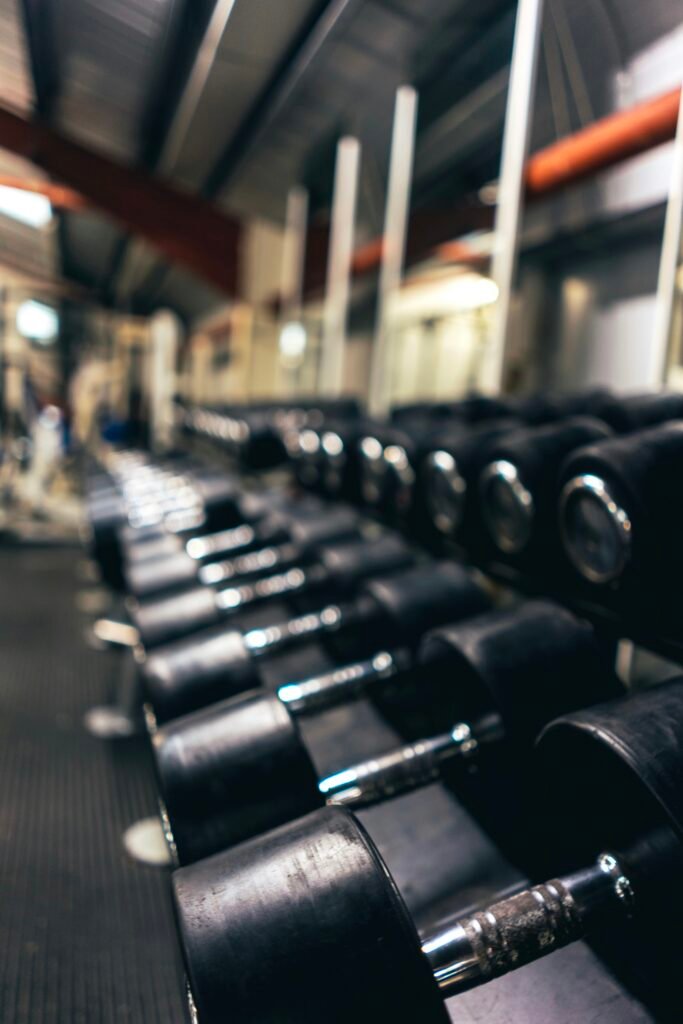Best Ways To Relieve Sore Muscles
Are you tired of dealing with sore muscles after a workout or a long day at work? In this article, we will explore the best ways to relieve sore muscles so that you can get back to feeling your best. From stretching to using heat and cold therapy, we will cover all the different methods you can try to find relief. So let’s get started!
Stretching
Stretching is one of the most effective ways to relieve sore muscles. It helps to improve flexibility, increase blood flow, and reduce muscle stiffness. Whether you prefer static stretches or dynamic stretches, incorporating stretching into your daily routine can make a big difference in how your muscles feel.
Stretching after a workout or at the end of a long day can help to prevent muscle tightness and soreness. Remember to focus on the major muscle groups such as your legs, back, arms, and neck. Hold each stretch for about 30 seconds and repeat on both sides for maximum effectiveness.
Heat Therapy
Heat therapy is another great way to relieve sore muscles. Applying heat can help to increase blood circulation, relax muscles, and reduce pain. You can use a heating pad, heat wrap, warm towel, or take a warm bath to help ease muscle tension.
Heat therapy is especially beneficial for sore muscles that are caused by tension or stiffness. Just be sure not to apply heat directly to the skin or use heat therapy on inflamed or swollen muscles. It’s best to use heat therapy for about 15-20 minutes at a time to avoid overheating the muscles.

Cold Therapy
Cold therapy, also known as cryotherapy, is another effective way to relieve sore muscles. Applying cold can help to reduce inflammation, numb pain, and decrease muscle spasms. You can use ice packs, cold wraps, or take a cold bath to help alleviate muscle soreness.
Cold therapy is particularly useful for sore muscles that are swollen or inflamed. It’s important to avoid applying ice directly to the skin and to limit cold therapy sessions to about 10-15 minutes at a time. Remember to take breaks between cold therapy sessions to allow the skin to warm up.
Massage Therapy
Massage therapy is a popular way to relieve sore muscles and promote relaxation. Massages can help to increase blood flow, reduce muscle tension, and improve overall flexibility. You can opt for a professional massage or use a foam roller, massage ball, or handheld massager at home.
Massages can be especially beneficial for athletes or those who engage in regular physical activity. If you’re sore from a workout or have tight muscles, a massage can help to speed up recovery and prevent future injury. Be sure to communicate with your massage therapist about your specific areas of soreness and pain tolerance.

Foam Rolling
Foam rolling, also known as self-myofascial release, is a form of self-massage that can help to relieve sore muscles and improve flexibility. Using a foam roller on targeted areas of tightness or tension can help to break up adhesions, release trigger points, and increase blood flow.
Foam rolling is a great way to alleviate muscle soreness after a workout or on rest days. Focus on rolling out the major muscle groups such as your quadriceps, hamstrings, calves, and back. Start slowly and gradually increase pressure on tight areas, but be sure not to roll over joints or bones.
Epsom Salt Baths
Epsom salt baths are a relaxing way to relieve sore muscles and unwind after a long day. Epsom salt, which is magnesium sulfate, can help to reduce inflammation, relax muscles, and improve sleep quality. Simply add a cup or two of Epsom salt to a warm bath and soak for 20-30 minutes.
Epsom salt baths are especially beneficial for sore muscles that are caused by exercise or physical activity. The magnesium in Epsom salt can help to replenish electrolytes and reduce muscle cramping. Make sure to stay hydrated before and after taking an Epsom salt bath to prevent dehydration.

Proper Hydration
Staying hydrated is essential for relieving sore muscles and promoting overall muscle health. Water plays a crucial role in muscle function, recovery, and repair. Dehydration can lead to muscle cramps, fatigue, and decreased performance, so it’s important to drink an adequate amount of water throughout the day.
Proper hydration can help to flush out toxins, prevent muscle soreness, and improve muscle recovery. Aim to drink at least 8-10 cups of water per day, more if you’re active or in hot weather. You can also include electrolyte-rich drinks or coconut water to replenish lost fluids and minerals.
Rest and Recovery
Rest and recovery are key components of relieving sore muscles and preventing injury. Your body needs time to repair and rebuild muscle tissue after a workout or physical activity. Overtraining or pushing yourself too hard can lead to muscle soreness, fatigue, and decreased performance.
Make sure to get an adequate amount of rest and sleep to allow your muscles to recover and grow stronger. Listen to your body and take breaks when needed. Incorporate rest days into your workout routine and avoid overtraining or excessive strain on your muscles.
Proper Nutrition
Eating a well-balanced diet is essential for relieving sore muscles and maintaining optimal muscle function. Protein, carbohydrates, healthy fats, vitamins, and minerals all play a role in muscle repair, recovery, and growth. Make sure to include a variety of nutrient-dense foods in your diet to support overall muscle health.
Protein is especially important for muscle repair and recovery. Aim to include lean sources of protein such as chicken, fish, tofu, eggs, and legumes in your meals. Carbohydrates provide energy for workouts and replenish glycogen stores, so include whole grains, fruits, and vegetables in your diet.
Active Recovery
Active recovery is a beneficial way to relieve sore muscles and promote muscle healing. Light exercises such as walking, swimming, yoga, or low-impact activities can help to increase blood flow, reduce muscle stiffness, and enhance overall flexibility. Active recovery can also help to prevent muscle soreness and improve recovery time.
Active recovery can be done on rest days or as part of your workout routine. Focus on gentle movements and exercises that target different muscle groups. Listen to your body and adjust the intensity of your active recovery based on how your muscles feel.
In conclusion, there are various effective ways to relieve sore muscles and promote muscle recovery. From stretching and heat therapy to massage therapy and foam rolling, incorporating these strategies into your routine can help you feel better and perform at your best. Remember to listen to your body, take breaks when needed, and prioritize proper hydration and nutrition for optimal muscle health. So next time you’re dealing with sore muscles, try out some of these methods and see which ones work best for you. Your muscles will thank you!